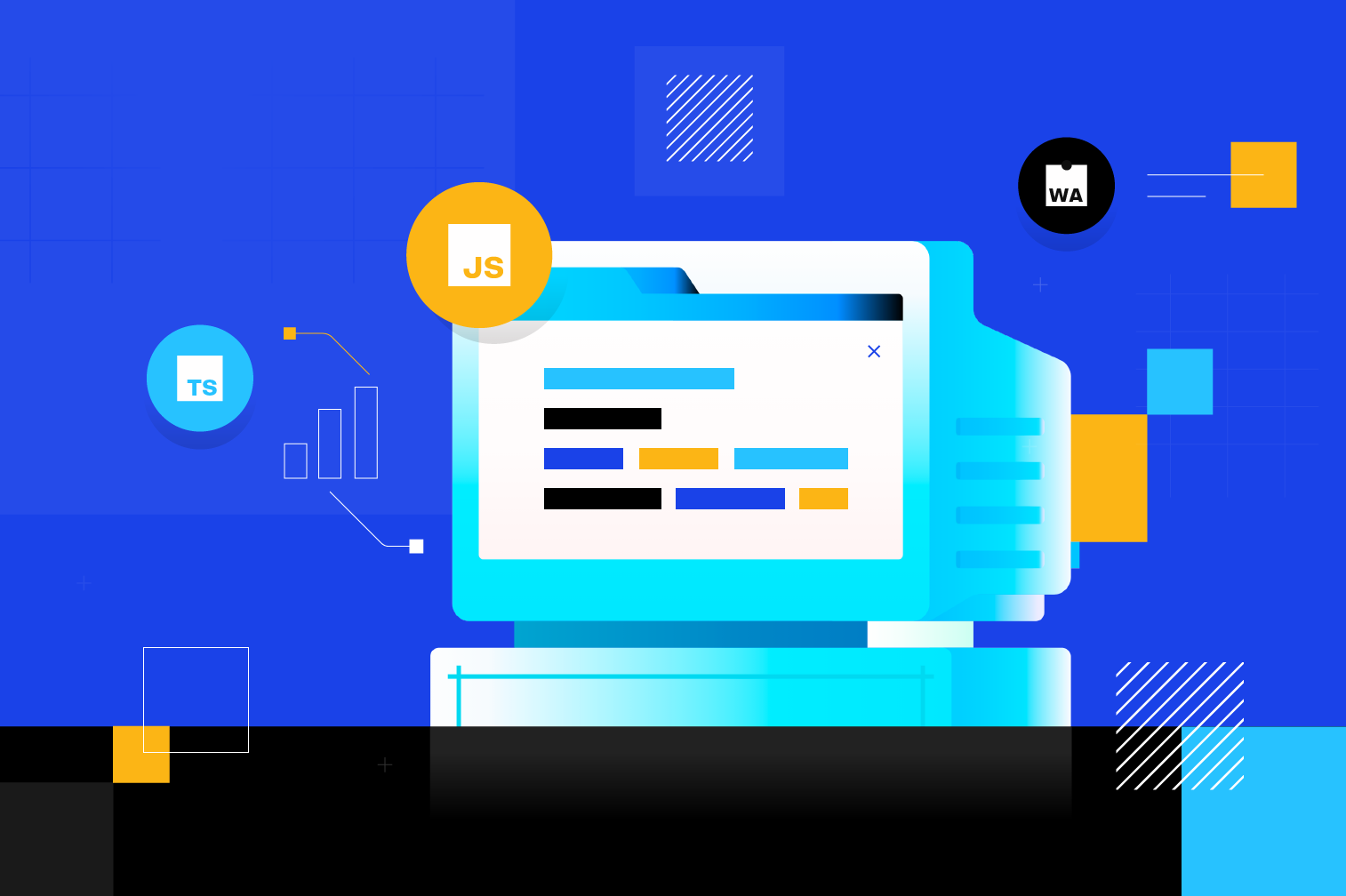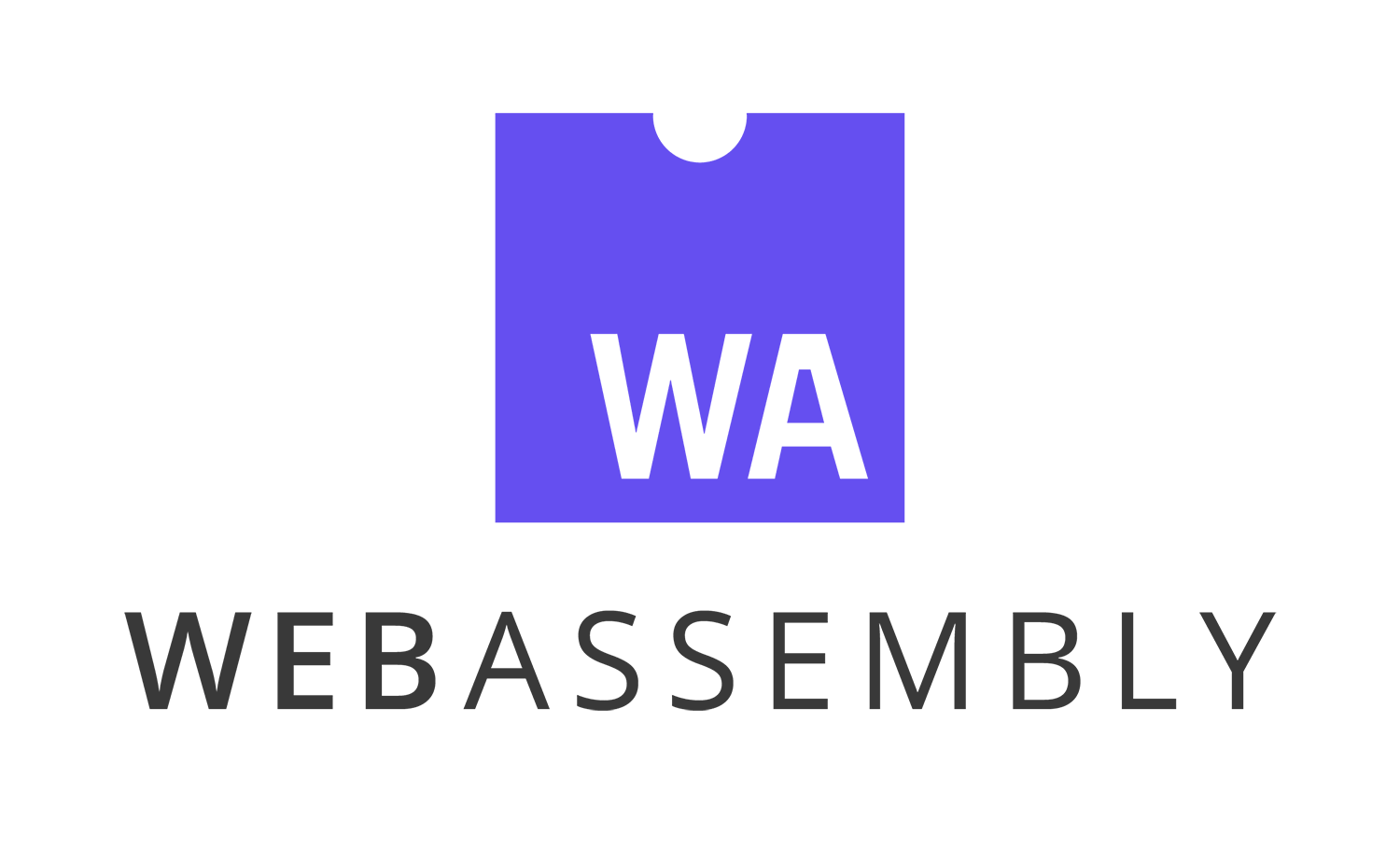5 technologies that are here to stay thanks to JavaScript

JavaScript has come a long way since it was first introduced in 1995. What started out as a way to add interactivity to a regular web page is now at the core of many popular web apps. Still firmly linked to browsers and web pages, JavaScript has now found its way into several other technologies we are exposed to every single day. Even if we aren’t always aware of it.
The popularity or the widespread use of some of these can differ considerably. But we believe the technologies mentioned below are here to stay thanks to JavaScript. All of them will continue to evolve and even influence future technologies. And in the process, some will become more popular when used in specific contexts or types of apps.
JavaScript frameworks
The number of frameworks has grown significantly in terms of use, availability, and focus. The likes of Angular, React, Vue, and Ember might get the most mentions, but there are dozens more in active development and use.
Once seen as a fad, some frameworks are now not only backed or funded by industry giants but also used by large organisations such as Netflix, The New York Times, and Airbnb. Much of the popularity of frameworks stems from their ease of use and their impact on development time. The strengths and weaknesses of different frameworks makes them all better suited to specific types of projects or applications.
There is always a risk that some of the smaller frameworks will get abandoned. But the more popular ones have much larger communities working on them. So, even if Google and Facebook stopped supporting Angular and React, numerous forks would immediately continue the work.
WebAssembly
Although WebAssembly is relatively new, its future is certainly bright. In 2019, WebAssembly (also known as Wasm) became an official World Wide Web Consortium recommendation. It’s now supported by all the major browsers—Chrome, Edge, Firefox, and Safari—on both desktop and mobile. Meaning there is little risk of alienating your current users.
And even though the most common use of WebAssembly is currently within browsers—and mainly for web apps—it can also be used in other environments.
Being a relatively young technology, WebAssembly might lack some features you or your developers are used to. But with enough community support, many of these could make it onto the WebAssembly roadmap for future implementation.
TypeScript

After releasing it in 2012, Microsoft has shown commitment to continue developing TypeScript, with major releases following every two years since. TypeScript grows in strength partly because:
- it compiles to JavaScript, so it works wherever JavaScript works,
- it is already widely used by JavaScript frameworks,
- any valid JavaScript code is also valid TypeScript code.
What this means for developers is that you can gradually introduce TypeScript into your projects rather than trying a hard switch from vanilla JS to TypeScript.
That said, there are some caveats to using TypeScript. The original code can appear bloated and take a little longer to write due to annotations and strict type. But once transpiled, most of the bloat disappears.
Low-code platforms
The need for ever more powerful and complex internal and customer-facing apps in organisations has resulted in steadily increasing development costs. There is no way to stop this, but a shift to using low-code platforms for at least some aspects of the development process can limit or contain some costs.
Which platform you use—and how you integrate them into your processes—depends largely on what you are working on. OutSystems and Mendix work well for a variety of projects, including web and mobile apps, while Appian, Quickbase, and Creatio lend themselves more to business process management and CRM solutions and integrations.
Whether you love them or hate them, we don’t see low-code platforms disappearing any time soon. And like frameworks, low-code platforms don’t eliminate the need for developers.
When used right, low-code platforms can make app development easier, freeing developers to focus on the more complex processes or features, such as security and compliance. Of course, using low-code platforms for app development doesn’t natively lead to apps with weak security and a lack of compliance. But it’s easy to overlook these two critical aspects when shortening the development cycle. This simply means you shouldn’t expect any low-code platform to take care of all the security and compliance requirements of the apps you develop using them.
Mobile
There’s no need to repeat statistics relating to the growth of mobile and mobile apps in recent years. Most developers are aware that the increases are significant and are forecast to continue. But the other thing we expect to see grow is the number of mobile apps developed using JavaScript and related technologies.
Several JavaScript frameworks—combined with tools and platforms such as NativeScript and Apache Cordova—have made it possible to develop cross-platform apps without using Xcode or Android Studio. When used with emerging low-code platforms like Kinvey, this can result in quicker and more cost-effective development of enterprise and customer-facing apps than when going the fully native route.
Conclusion
In web development, things change rapidly, so it would be naive to say the technologies discussed here will still be around and in common use a decade from now. But at the very least they will live on by influencing future technologies, similar to how CoffeeScript influenced the evolution of JavaScript.
Join us on Twitter to discuss the JavaScript-influenced technologies you are currently using and believe will be around for some time to come.

